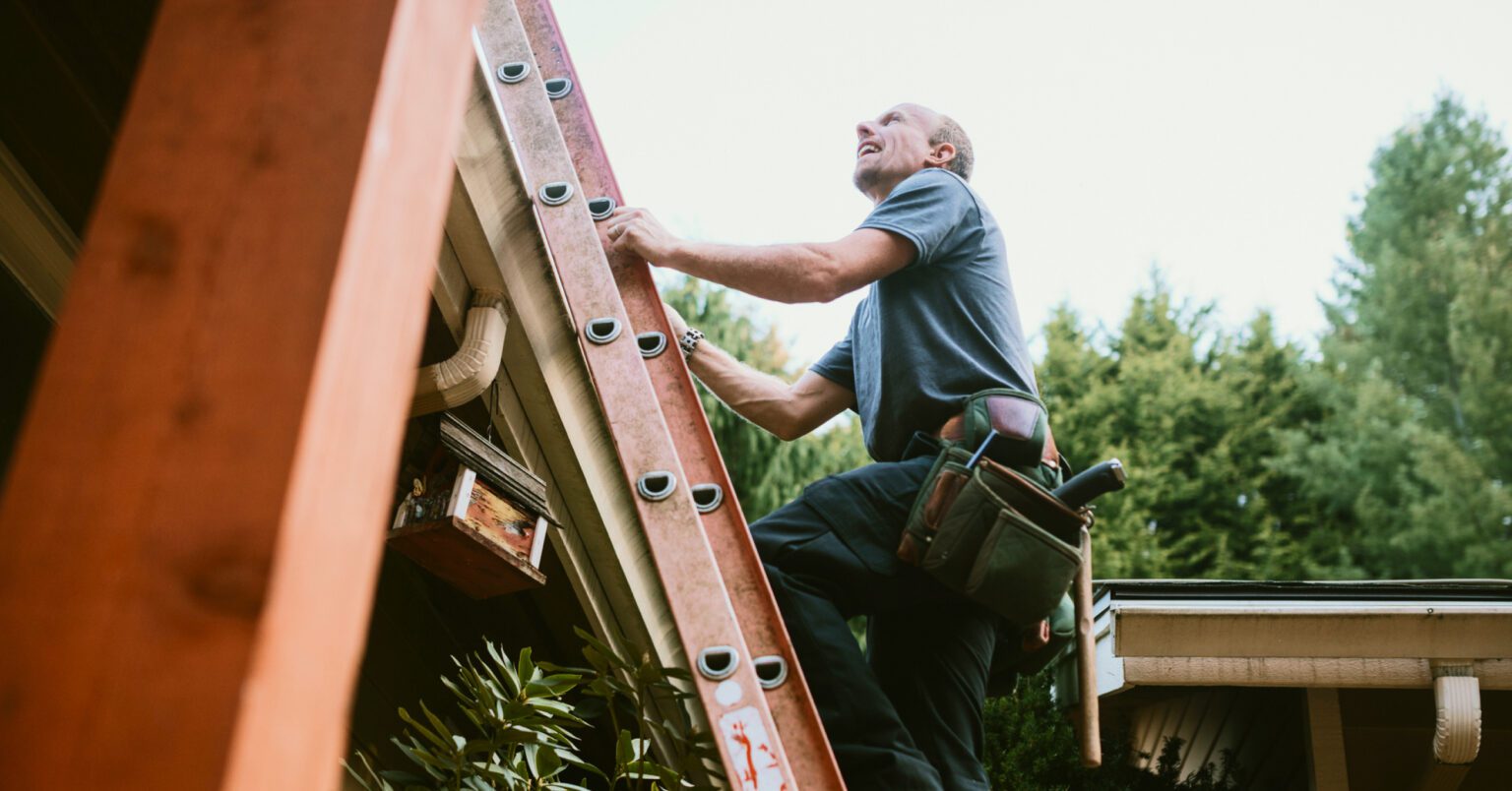In a pre-election olive branch to the small business community, the instant asset write-off scheme has been both increased and extended – giving business owners the opportunity to invest in their business as end of financial year draws closer.
And it’s not just small businesses that can reap the rewards. Medium-sized businesses will also have access to the scheme for the first time.
So as an SME owner, how can you make the most of the write-off to grow your business? We unpack the details and ask an expert tax accountant how small business owners can get the most out of the scheme.
Firstly, what is the instant asset write-off scheme?
In basic terms, the instant asset write-off means businesses can instantly deduct assets rather than claiming deductions over a number of years. More importantly, for this updated version of the scheme, small businesses can claim up to $30,000 – an increase from $20,000.
Managing director of Sydney’s Platinum Accounting, Coco Hou, explains that the revised scheme allows small businesses to spend up to $30,000 on assets to grow their business, making their taxable income lower.
Meanwhile, the eligibility criteria has been expanded. Previously only businesses with less than $10 million in annual revenue could access the scheme – now it’s less than $50 million.
The threshold increase is in place until 30 June 2020, and will open up the scheme to an additional 220,000 businesses – taking the total number of eligible Australian businesses to 3.4 million.
The move is designed to stimulate small business growth and investment as owners invest in their respective businesses in the coming months.
What assets can I write off?
Under the scheme, you can claim any asset that relates to your business, such as office equipment, vehicles, tools and electronics. The claim can be made against multiple asset purchases both new or used, provided they fit certain criteria:
- The cost of the asset must be less than $30,000 excluding GST (unless your business is not GST registered, in which case this cost must be inclusive of GST).
- This total applies to the whole cost of the asset, not just the business-use portion.
- The asset must have been purchased and ready to use during the income year in which you’re claiming it.
- Multiple assets that meet the criteria can be claimed.
“Purchases that exceed the $30,000 threshold don’t qualify for instant write-offs, but you can still expect to write them off over a prolonged period by adding them to your pool of small business claims and depreciating as normal,” Hou says.
How do I calculate the write-off?
Hou advises small business owners to calculate an estimated profitability for the financial year before 30 June 2019, based on monthly earnings so far this year, and then look at potential asset upgrade opportunities within your business.
To determine the amount of an asset used for earning assessable income in your business, subtract any private-use portion to calculate how much of the time the asset is used for business, Hou advises.
“For example, if you purchase a car for $30,000 and you use it for your business 60% of the time and for personal use 40% of the time, the business would be eligible to instantly write off $18,000. The business would then pay tax on the remaining assessable income (profit) after this deduction has been made.”
If you want to take advantage of the instant asset write-off but cash flow is currently an issue, a small business loan could help you get the most out of the scheme. Find out more.








